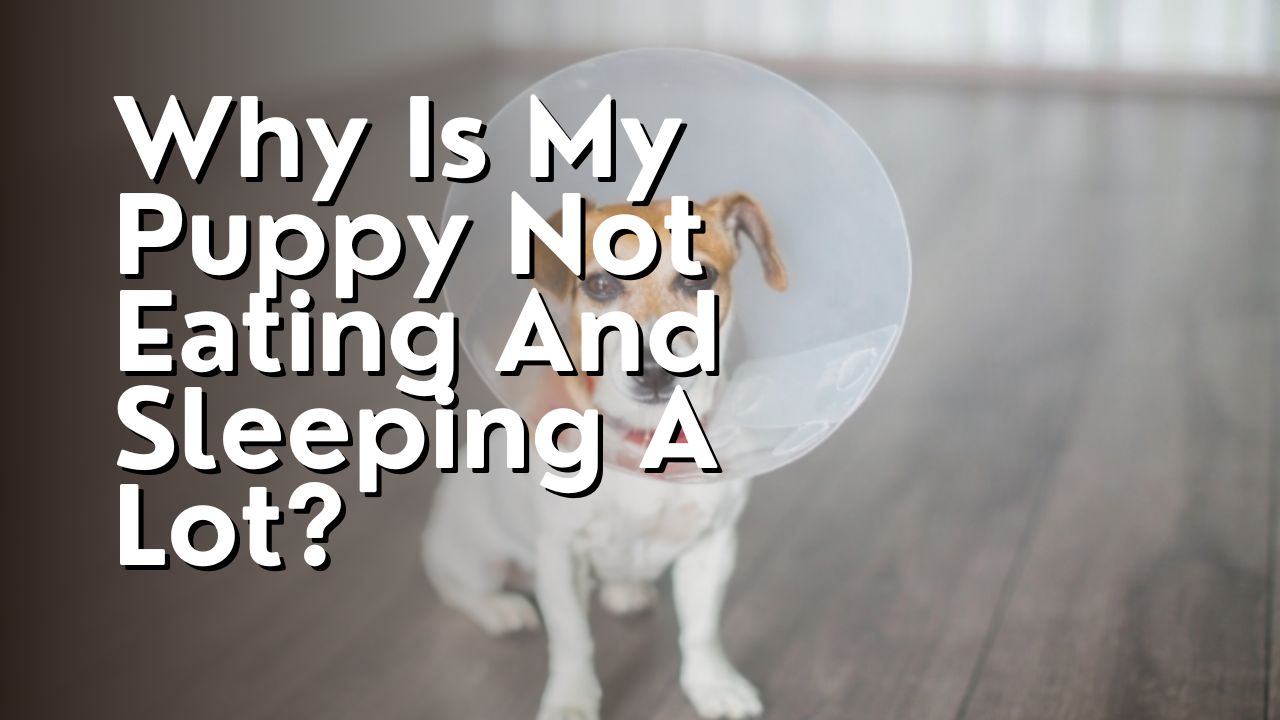I’ve always wondered if my dog would calm down after being spayed. It’s a question that many dog owners have, especially if they have a high-energy or anxious pup. So, I decided to do some research and find out the answer.
In this article, we will explore the spaying procedure and how it can affect a dog’s behavior. We’ll also discuss the individual differences and factors that can influence whether or not a dog will calm down after being spayed.
Additionally, we’ll provide some tips on training and behavioral management to help your furry friend adjust to the hormonal changes. It’s important to remember that each dog is unique, so consulting with a veterinarian is always a good idea.
Let’s dive in and find out if my dog, and yours, will indeed calm down after being spayed.
Understanding the Spaying Procedure
You’ll be amazed at how quickly your dog will calm down after she’s spayed!
The spaying procedure is a routine surgery performed by veterinarians to remove the ovaries and uterus of a female dog. It is usually done to prevent unwanted pregnancies and reduce the risk of certain diseases.
During the surgery, your dog will be placed under general anesthesia, ensuring that she is completely pain-free and unaware of what is happening. The veterinarian will make a small incision in her abdomen and remove the reproductive organs. The incision will then be closed with stitches or surgical glue.
After the surgery, your dog may experience some discomfort and grogginess as the anesthesia wears off. It is important to follow your veterinarian’s instructions for post-operative care, including administering any prescribed medications and keeping your dog calm and quiet.
While every dog is different, most dogs will start to show signs of improvement within a day or two after the surgery. They will gradually become more active and their energy levels will return to normal within a few weeks.
It’s important to remember that spaying does not completely change your dog’s behavior, but it can help reduce certain behaviors associated with being in heat, such as aggression and restlessness.

Hormonal Changes and Behavior
Following the spaying procedure, your furry friend may experience hormonal changes that could potentially impact their behavior. It is important to understand that these changes are a normal part of the process and are usually temporary.
Here are three ways in which hormonal changes may affect your dog’s behavior:
- Increased Restlessness: Your dog may exhibit signs of restlessness and agitation during the initial recovery period. This could be due to the discomfort caused by the surgery and the hormonal fluctuations. It is essential to provide a calm and comfortable environment for your dog to help them relax.
- Decreased Energy Levels: Hormonal changes can also lead to a decrease in energy levels. Your dog may appear lethargic and less active than usual. It is important to give them plenty of rest and avoid strenuous activities during this time.
- Behavioral Changes: Some dogs may exhibit changes in behavior after being spayed. They may become more clingy or seek more attention from their owners. On the other hand, some dogs may become more withdrawn or independent. These changes are temporary and usually resolve as the hormonal balance stabilizes.
Remember, every dog is unique, and their response to hormonal changes may vary. If you have concerns about your dog’s behavior or recovery, it’s always best to consult with your veterinarian for guidance and support.
Individual Differences and Factors to Consider
After the spaying procedure, each furry friend may have their own unique response and there are various factors to consider.
While some dogs may experience a calming effect after being spayed, it is important to remember that individual differences play a significant role in how a dog’s behavior may change.
One factor to consider is the dog’s age at the time of spaying. Younger dogs may exhibit more energy and may take longer to calm down compared to older dogs.
Additionally, the dog’s previous behavior and personality can also influence how they respond to the hormonal changes after spaying. For example, if a dog was already calm and well-behaved before the procedure, the spaying may not have a noticeable impact on its behavior.
It is also important to consider the role of exercise and mental stimulation in a dog’s behavior. Regular exercise and engaging activities can help dogs release energy and reduce anxiety, contributing to a calmer demeanor overall. Providing a structured routine and consistent training can also help manage any behavioral changes that may occur after spaying.
Ultimately, it is essential to remember that each dog is unique, and their response to spaying will vary. While some dogs may become calmer after the procedure, others may not exhibit any noticeable changes in behavior. Consulting with a veterinarian can provide valuable insight into what to expect and how to best support your furry friend during the recovery process.
Additional Training and Behavioral Management
Engaging in additional training and implementing effective behavioral management techniques can greatly contribute to your furry friend’s overall well-being and adaptability following the spaying procedure.
One important aspect of post-spaying training is to reinforce positive behaviors and discourage negative ones. This can be achieved through consistent rewards, such as treats or praise, for good behavior, and redirecting or ignoring unwanted behaviors. For example, if your dog tends to jump on people when excited, teach them alternative behaviors like sitting or staying calm.
Another helpful training technique is desensitization and counter-conditioning. This involves gradually exposing your dog to situations or stimuli that may have previously caused anxiety or fear, and rewarding calm and relaxed behavior. For instance, if your dog gets anxious during car rides, start by taking short trips around the block and gradually increase the duration.
Additionally, providing mental stimulation through interactive toys, puzzles, and training games can help redirect your dog’s energy and prevent boredom. This can be particularly beneficial during the recovery period when physical activity may be limited.
To further assist with your training efforts, consider using the following table as a guide:
| Training Technique | Description | Example |
|---|---|---|
| Positive reinforcement | Rewarding desired behavior | Giving treats when your dog follows a command |
| Redirection | Redirecting unwanted behavior to a more appropriate one | Distracting your dog with a toy when they start chewing on furniture |
| Desensitization | Gradual exposure to fearful stimuli to reduce anxiety | Introducing your dog to new people or objects in a controlled and positive manner |
| Mental stimulation | Providing activities that engage your dog’s mind | Using puzzle toys to hide treats for your dog to find |
Remember, consistency and patience are key when implementing additional training and behavioral management techniques. With time and effort, your dog will not only calm down after being spayed but also become a well-adjusted and happy companion.

Consultation with a Veterinarian
When you consult with a veterinarian, they can provide valuable guidance and recommendations for your furry friend’s post-spaying care and overall well-being. It’s important to discuss any concerns or questions you may have about your dog’s behavior after the surgery. Here are some key points to consider during your consultation:
- Discuss the expected recovery period: The veterinarian can give you an idea of how long it may take for your dog to fully recover from the spaying procedure. They can also provide guidance on what activities to avoid during this time.
- Ask about pain management: Your veterinarian can recommend pain management options to ensure your dog is comfortable during the recovery process. They may suggest medications or other techniques to alleviate any discomfort.
- Inquire about behavior changes: Spaying can sometimes have an impact on your dog’s behavior. Your veterinarian can provide insight into potential changes in your dog’s energy levels, appetite, or temperament and offer suggestions on how to address any new behaviors.
- Seek advice on exercise and diet: Your veterinarian can provide recommendations on appropriate exercise levels and dietary adjustments to support your dog’s recovery and overall health.
- Discuss any potential complications or concerns: It’s important to address any potential complications or concerns with your veterinarian. They can provide reassurance and guidance on how to monitor your dog’s progress and what signs to watch out for.
Overall, consulting with a veterinarian will ensure that you have the necessary information and support to help your dog calm down and recover smoothly after being spayed.
Frequently Asked Questions
How long does it typically take for a dog to calm down after being spayed?
It typically takes a few weeks for a dog to calm down after being spayed. The surgery may cause temporary discomfort and hormonal changes, but with time, your dog should gradually return to her normal behavior.
Can spaying my dog change her personality or temperament?
Spaying your dog does not typically change her personality or temperament. It is primarily done to prevent health issues and unwanted pregnancies. However, every dog is unique, so consult with your vet for specific information.
Are there any specific breeds or sizes of dogs that tend to have more difficulty calming down after being spayed?
Some breeds or sizes of dogs may have more difficulty calming down after being spayed. It’s best to consult with a veterinarian to determine if your specific dog may experience any behavior changes after the procedure.
Are there any alternative methods or medications that can help calm a dog after being spayed?
There are alternative methods and medications that can help calm a dog after being spayed. It’s important to consult with a veterinarian to determine the best options for your dog’s specific needs.
Is there a specific age at which it is best to spay a dog in order to minimize behavioral changes?
There is no specific age that guarantees minimal behavioral changes after spaying a dog. However, spaying before the first heat cycle may reduce the risk of certain behavior problems, such as aggression, marking, and roaming.
Conclusion
In conclusion, I believe that my dog will calm down after being spayed. The spaying procedure can lead to hormonal changes that may affect behavior, but every dog is different.
It is important to consider individual differences and factors such as age and breed. Additionally, providing additional training and behavioral management can help with the transition.
It is always best to consult with a veterinarian for personalized advice and guidance during this process.


